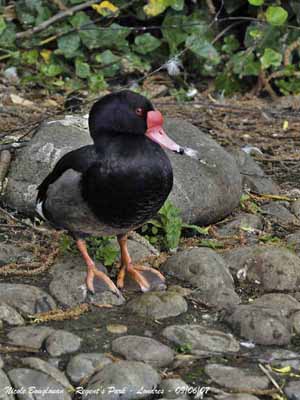
Bird’s legs and feet: different shapes
Page 3
Show me your legs, I will know where you are living!
Texte de Nicole Bouglouan
Photographes :
Alfredo Colón
Puerto Rico Wildlife
Steve Garvie
RAINBIRDER Photo galleries
Eduardo Andrés Jordan
MIS AVES – AVES DE ARGENTINA
Tom Merigan
Tom Merigan’s Photo Galleries
Callie de Wet
GALLERY
Nicole Bouglouan
PHOTOGRAPHIC RAMBLE
Sources :
Wikipedia (Wikipedia, The Free Encyclopedia)
Welcome to Avian Anatomy and Morphology
The Earthlife Web

The web-footed birds live also in wet and aquatic areas.
They have short legs and webbed feet. The foot has three front toes joined by a fine membrane, allowing these birds to swim easily when the membrane stretches under the water pressure. The rear toe is shorter and free. The feet are used as paddles and propel the bird into the water.
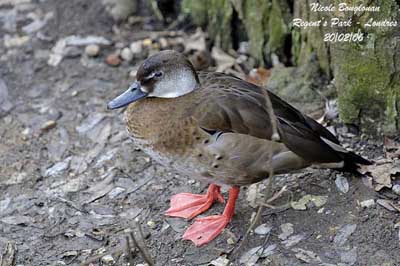
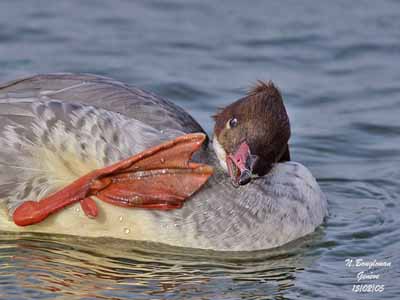
On the other hand, the webbed feet make very difficult for these species to walk or run on the ground. They cannot move rapidly. They have the feed turned in and they waddle along.
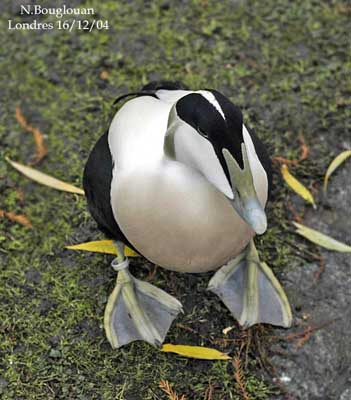
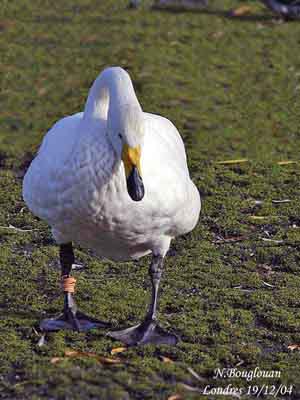
They are often seen close to the water, feeding on grass, walking slowly while grazing.
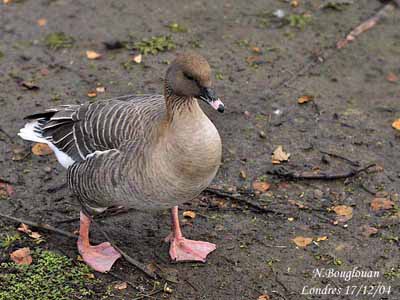
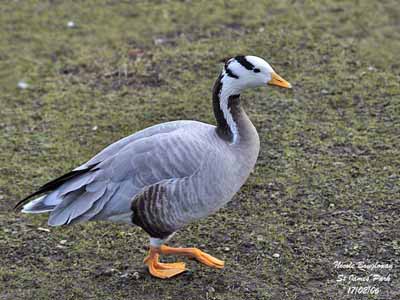
But they can swim very well, and in order to fly, the flapping wings help them to go faster when they run over the surface before to take off.
Several species dive and swim underwater. Sometimes, the wings also move and propel the bird in order to go forwards or upwards to the surface.

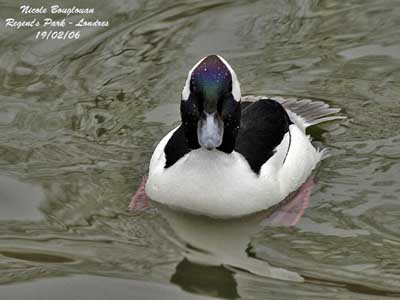
Ducks, swans, geese, all the Anatidae have webbed feet.
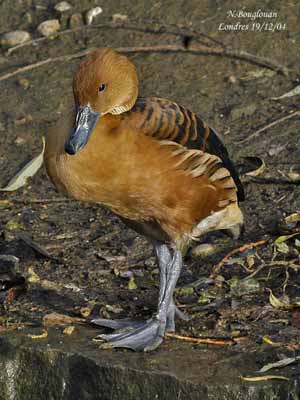
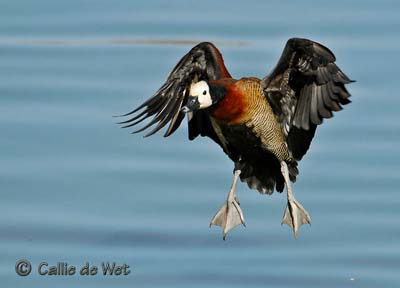
But seabirds also have this type of foot. They can swim when they are feeding at the surface.
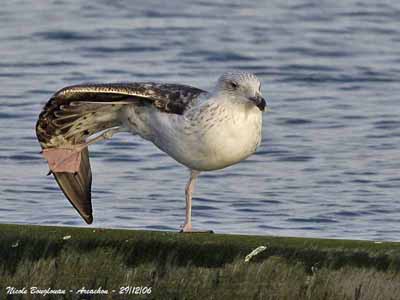
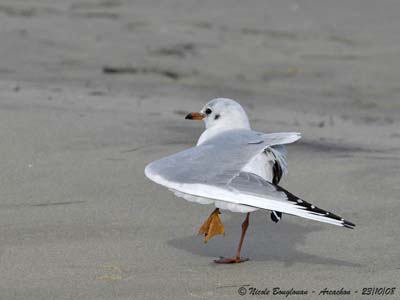
Spheniscidae have thick, short legs and webbed feet. They have three toes joined by a robust membrane. These birds walk much more than Anatidae, often in the snow or the ice, and their feet are stronger with thicker membrane. They swim with the help of their flippers, and seem to fly underwater!
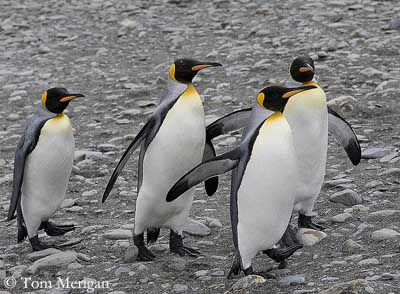
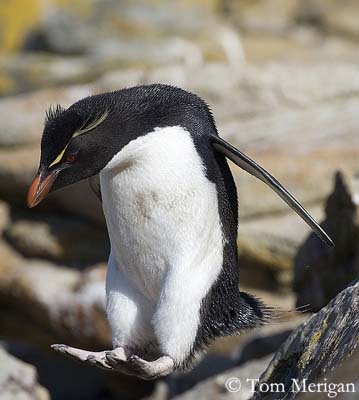
Pelicans, cormorants and darters also have webbed feet, but their four toes are united by the membrane.
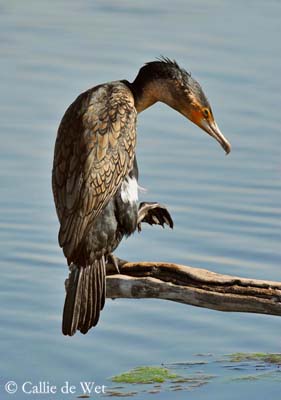
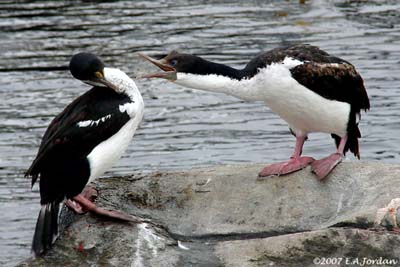
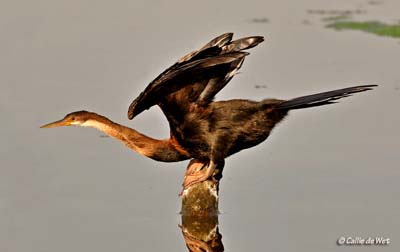
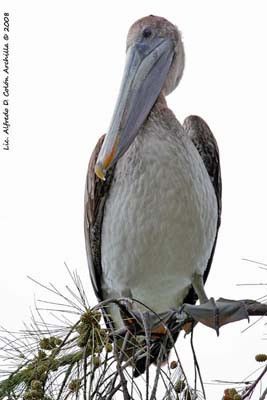
Gannets have the same type of strong webbed feet and short legs, used for swimming underwater after spectacular dives.
Seabirds such as Laridae, Alcidae (murrelets, puffins and auklets), Stercorariidae (skuas) and Procellariidae (fulmars, petrels and shearwaters) have the three forwards toes united by a membrane.
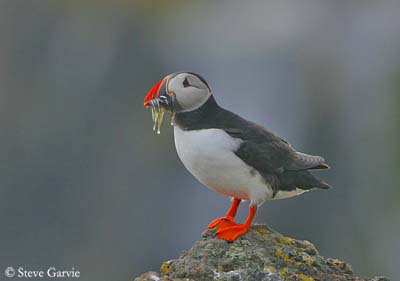
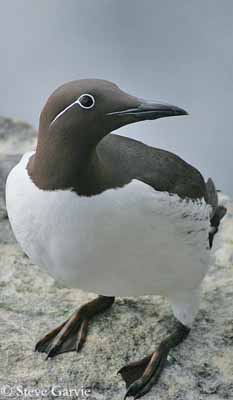
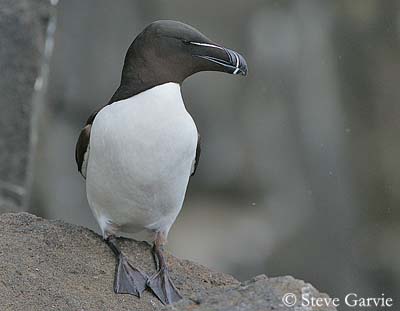
Almost all the swimming birds have webbed feet which propel them when they are fishing or pursuing a prey into the water. The short legs are situated far towards the lower belly, in order to make easier the swimming action.
Flamingos are the exception, gathering both the long legs of the shorebirds and the webbed feet of the ducks. It can feed in deep water and walk easily.
Except the Laridae which are more similar to other birds and are able to swim and to walk, all the web-footed birds are very clumsy when they move on the ground.
Finally, humans use similar tools when they add flippers to swim faster!